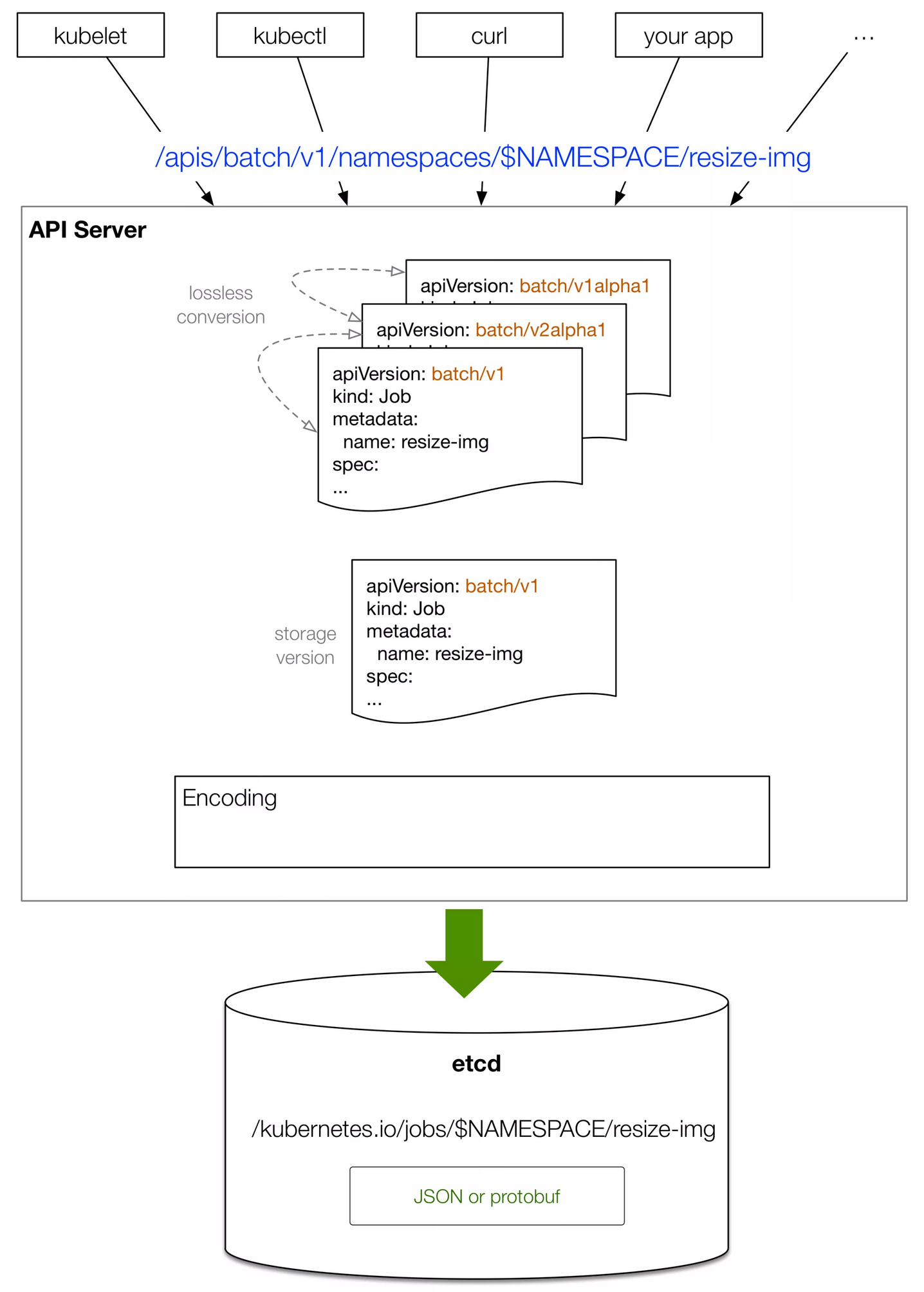Skip to the content.
Explore ETCD
What is ETCD
https://etcd.io/
- A distributed key-value data store which stores the state of the system and objects
- Use Raft protocol to coordinate the data access in distributed setup
- You can influence the way the API Server is using etcd via a number of options at start-up time. –etcd-servers List
of etcd servers to connect with (scheme://ip:port)
- Kubernetes stores its objects in etcd either as a JSON string or in Protocol Buffers(“protobuf” for short) format
Flow from kubectl apply -f pod.yaml to object in etcd
- Get the version from http path (e.g. v1 or v1beta1)
- Create the empty object using Scheme in the right version
- JSON or protobuf decoder converts the payload into object
- Write requests are all applied to ETCD leader node

Flow from kubectl get pods
- Get request is sent to kube-apiserver
- kube-apiserver uses the ETCD client lib to talk to etcd cluster.
Implementation
- ETCD3 client performs a quorum read by default to make sure always the latest value gets returned. ETCD2 needs to pass
in a flag
quorum-read=true to achieve the quorum read
Lab
- Using footloose to build the vm-like clusters
- Using Ansible to configure the clusters
- Install pre requisites
- Install etcd
- Bring up a kind cluster using the external etcd cluster
References
